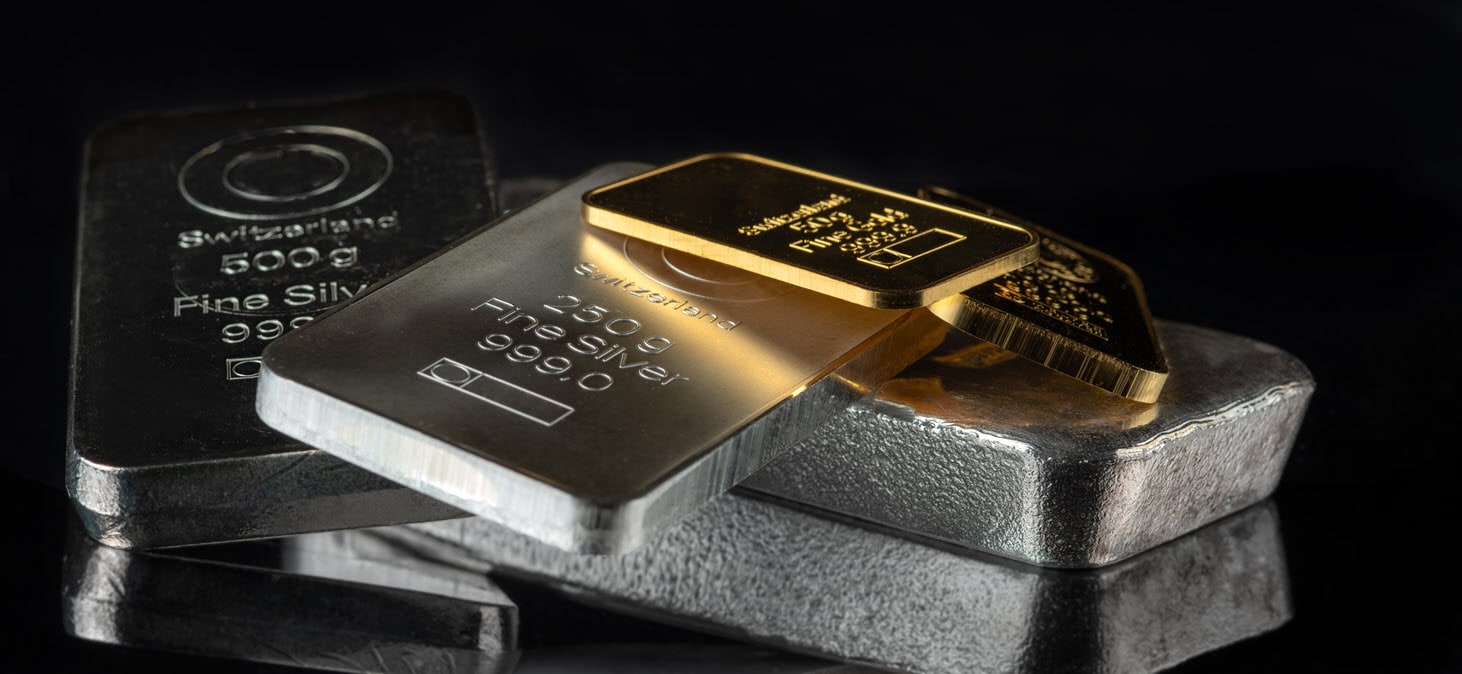
(Shutterstock)
Having hit a new all-time high earlier last week, gold continues to be amongst the favorite risk hedges—certainly the favorite in the precious metals space. Year-to-date, gold has risen as much as 35% and demand continues to be robust amid multiple risk events and falling policy rates globally. This month at least, gold seems to have shown itself as the choice hedge against the risk of slower economic growth and an acceleration in inflation.
But gold is not the only precious metal whose price demonstrates an inverse relationship to risk aversion. Against the backdrop of resilient US GDP growth, investors might do well to consider an addition to portfolios that retains a good amount of defensiveness, while also incrementally adding to the ability of these portfolios to benefit from stronger economic growth: silver.
Risk-hedge and reserves diversification demand look set to persist. In our view, the most recent rally in gold has been driven by growing expectations of a Donald Trump win in the imminent US presidential race, in particular to trade tariffs, a higher US fiscal deficit, potentially slower GDP growth and higher inflation. Data from the World Gold Council shows that total demand has grown 5% year-on-year, with the quarterly total value exceeding USD 100 billion for the first time. Demand also appears to be broadening out: even as Asian central bank demand remains resilient, 3Q24 was the first quarter since 1Q22 that saw positive inflows from North American-based ETFs, as the Federal Reserve embarked on its rate-cutting cycle. With US election uncertainty on the horizon and two geopolitical hot-spots still simmering, we continue to recommend gold's hedging qualities from a portfolio perspective, with an allocation of 5% in a diversified USD-denominated portfolio. We expect the price of gold to rise to USD 2,900/oz around September 2025.
Silver to benefit from spillover demand. Historically, the price of silver has demonstrated a high correlation with the price of gold. Since July 2020, the gold-silver price ratio has been largely constrained within a 75-90 range; this is especially salient from 4Q22 as both silver and gold prices rose around 70% during that time. While gold will likely remain the main vehicle for hedging risk, silver as another precious metal is likely to benefit as well. But in addition to that, silver also benefits to a greater degree than gold from resilient economic growth and growing industrial demand, something that might be useful for positioning portfolios to take advantage of the robust global economy, while maintaining a degree of insulation against event risks in the coming months.
Stronger industrial demand for silver. Recent data points out of the US have pointed to a greater likelihood of a “no landing” scenario—benign GDP growth with inflation close to the Fed’s target and growth at/above trend—rather than a “soft landing”. Additionally, we expect lower rates—not least of all in China—to kickstart a modest recovery in global manufacturing, which adds to silver’s industrial demand potential. Silver is heavily used by the tech and electric vehicle sectors as well as for the production of LEDs and solar panels due to its conductivity. Silver’s anti-bacterial properties also makes it well used for medical devices. This is also likely to see additional demand for physically-backed ETFs, with holdings already rising from 684mn oz in May to around 741mn oz in October. On the supply side, mining output should remain constrained in 2025.
We thus expect prices to reach USD 36-38/oz in 2025, and advise investors to stay long the metal or use it for yield pickup opportunities. Last week’s fall in the silver price makes it a 6.2% consolidation from the late-October high of USD 34.83. Additionally, it has seen the gold-silver price ratio rise from a recent low of just under 79 to around 84. Over the next 12 months, we expect this ratio to decline to the mid-70s, which implies an outperformance versus gold. We therefore advise investors to stay long on silver and/or use it for yield pickup opportunities.


